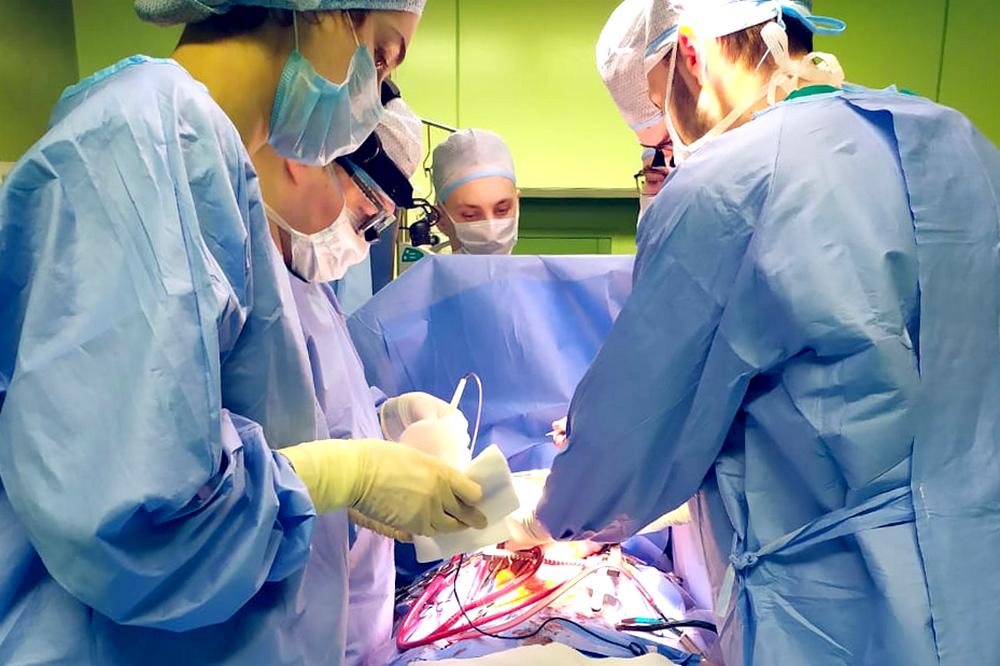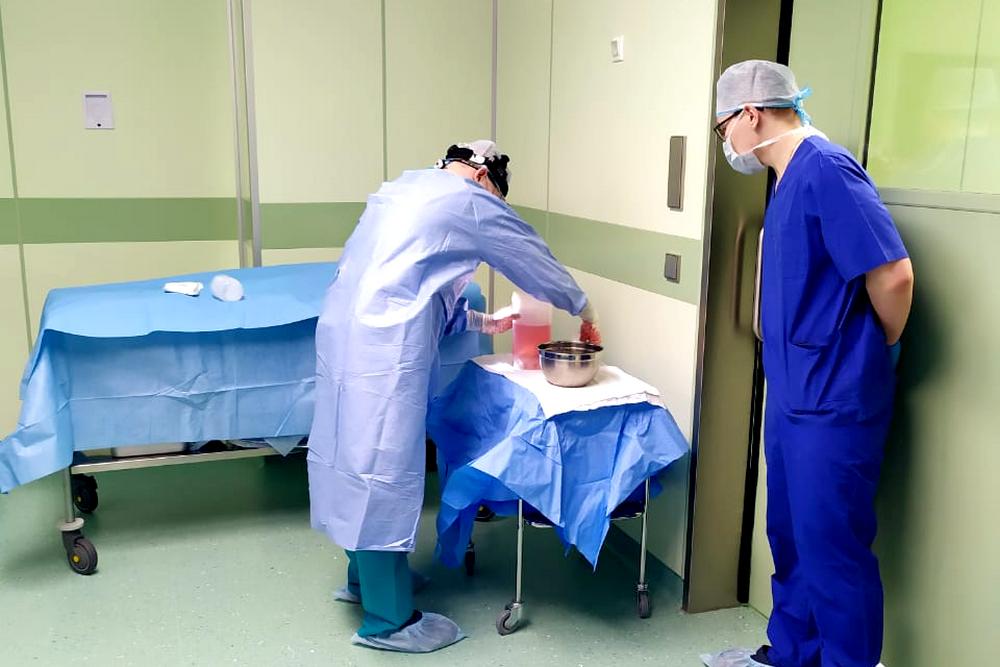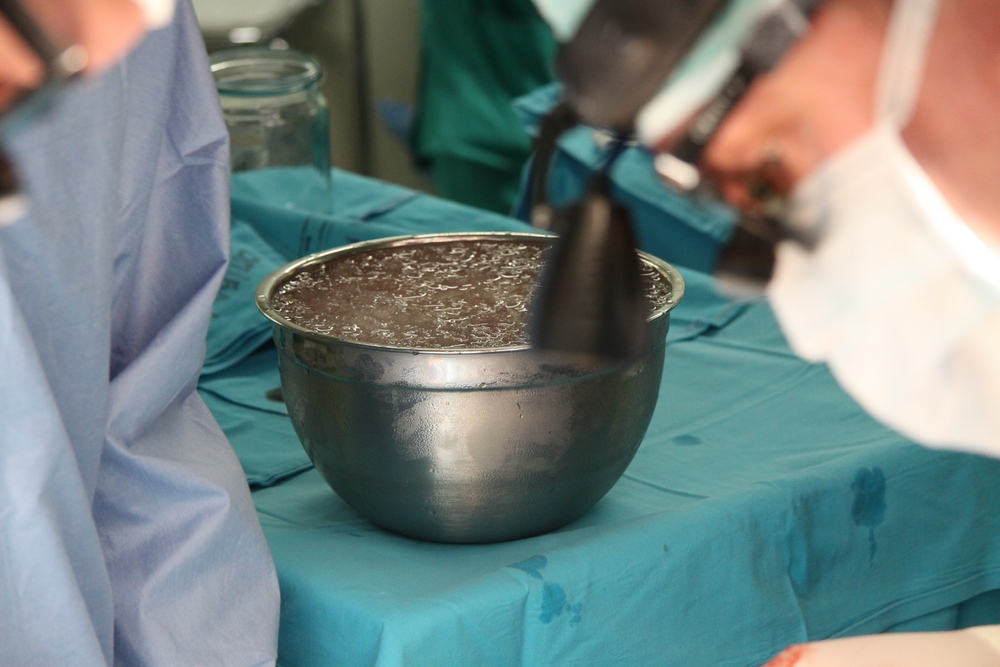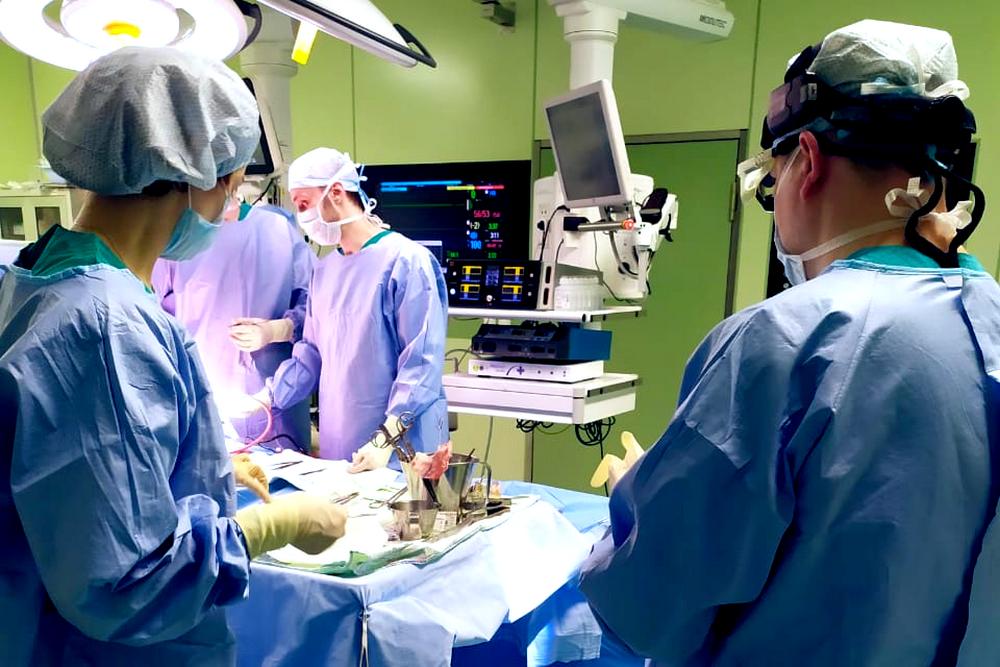
A boy from Saransk has had a tough fate. He had a heart transplant already at the age of 8 years. As the boy was diagnosed with dilated cardiomyopathy (a condition characterized by left ventricular or biventricular dilation and impaired contraction), he was left with no other option but to undergo a heart transplant because of decompensated heart failure and a rapidly deteriorating condition.
It should be noted that in Russia, transplantation to a child is only possible from an adult donor. For this reason, the boy had his first heart transplant in India.
However, a month after the surgery the first complications occurred – coronaritis, inflammation of the coronary arteries. This is due to the peculiarities of the immune response to donor tissues. The boy underwent coronary artery stenting several times to prevent myocardial infarction due to coronaritis.
Unfortunately, three years later, the compromised condition of the donor heart led to the need for retransplantation. The 11-year-old boy has already been placed on the waiting list for a donor organ. It was very difficult to predict how long this wait could be, given that the transplanted organ must correspond to physiological parameters – the height and weight of the donor and recipient should be similar.
 |
 |
| Donor organ prepared for transplantation | |
Retransplantation was done at Almazov Centre on the 12th of April. Head of Cardiovascular Surgery Department No. 3, cardiac surgeon Vadim Grebennik performed the surgery.
“It is the first time that we perform cardiac retransplantation at Almazov Centre, and taking into account the fact that we operated on a child, we clearly realized the level of responsibility. The surgery lasted 4 and a half hours and was successful. The child is now in the intensive care unit where he is receiving the necessary therapy,” said Dr. Grebennik.
Chief transplantologist of St. Petersburg, Head of the Research Laboratory for Thoracic Surgery at Almazov Centre, German Nikolaev highlighted that this unique surgery was performed for the first time in St. Petersburg and only a few such surgeries have been performed in Russia. Even globally, such cases are extremely rare, because pediatric transplantation requires a plethora of efforts and is subject to various conditions.
“Despite all the difficulties, the doctors of Almazov Centre managed to successfully perform this surgery. This is very encouraging, because we have proven that we can save little lives by organ transplantation. And heart transplant is one of the most difficult transplants. The team of Almazov Centre showed the highest level of expertise, and this clinical success is attributed to our extensive joint work with the St. Petersburg Health Committee.

Director of the Institute of Perinatology and Pediatrics Tatyana Pervunina believes that pediatric transplantation remains a burning issue in medicine.
“For 10 years now, Almazov Centre has been treating children with severe chronic heart failure. This became possible thanks to the well-coordinated long-term work of the pediatric and adult cardiology and cardiac surgery services of the clinic. Here, all high-tech methods for heart failure treatment are also used in children, in exceptional cases it can even be a heart transplant,” said Dr. Pervinuna.
It is possible that the date of surgery coincided with the Space Day for a reason. For Almazov Centre, this is a new step, a new leap, a new level of surgery, anesthesiology, perfusion medicine, cardiology, pediatrics, transplantology. The transplant was performed successfully and with high professionalism.
Head of Research Laboratory of High-Tech Methods for Heart Failure Treatment Pyotr Fedotov, doctors of Pediatric Cardiology and Medical Rehabilitation Department headed by chief cardiologist Tatyana Vershinina as well as the psychologists of Almazov Centre are actively involved in the management and follow-up of the boy patient. Besides, family support and absolute mutual understanding between doctors and the boy’s mother undoubtedly contribute to the success of treatment.
Of course, there is still a difficult rehabilitation ahead because we must not forget that this is not just an ordinary patient, but a small boy who, by the age of 11, has gone through serious life adversities.
